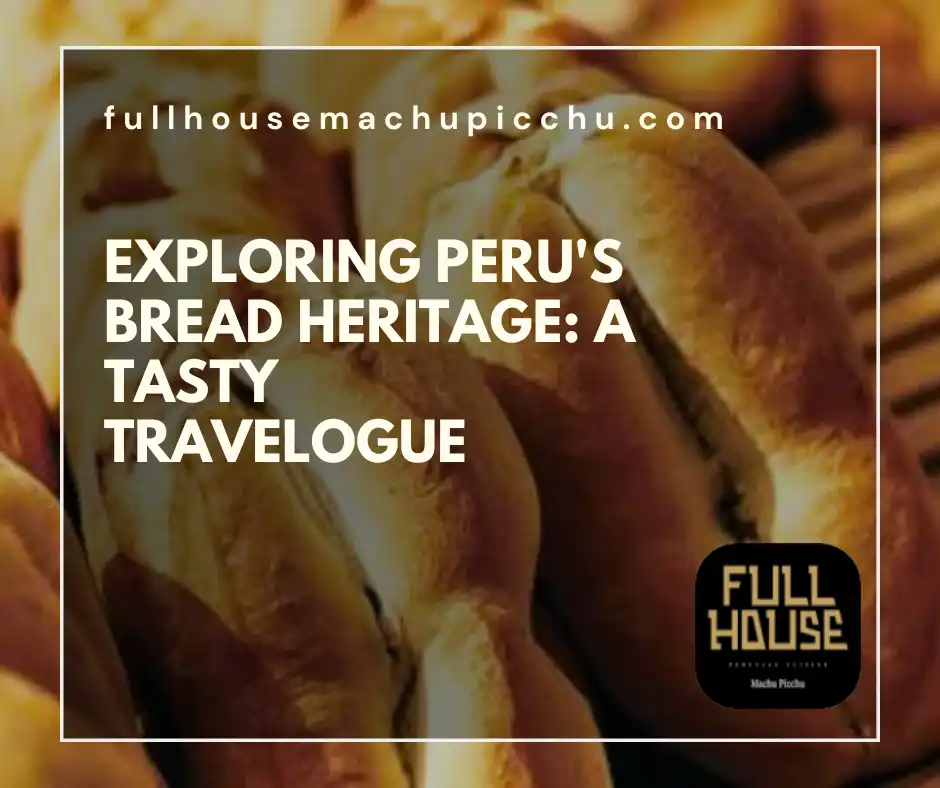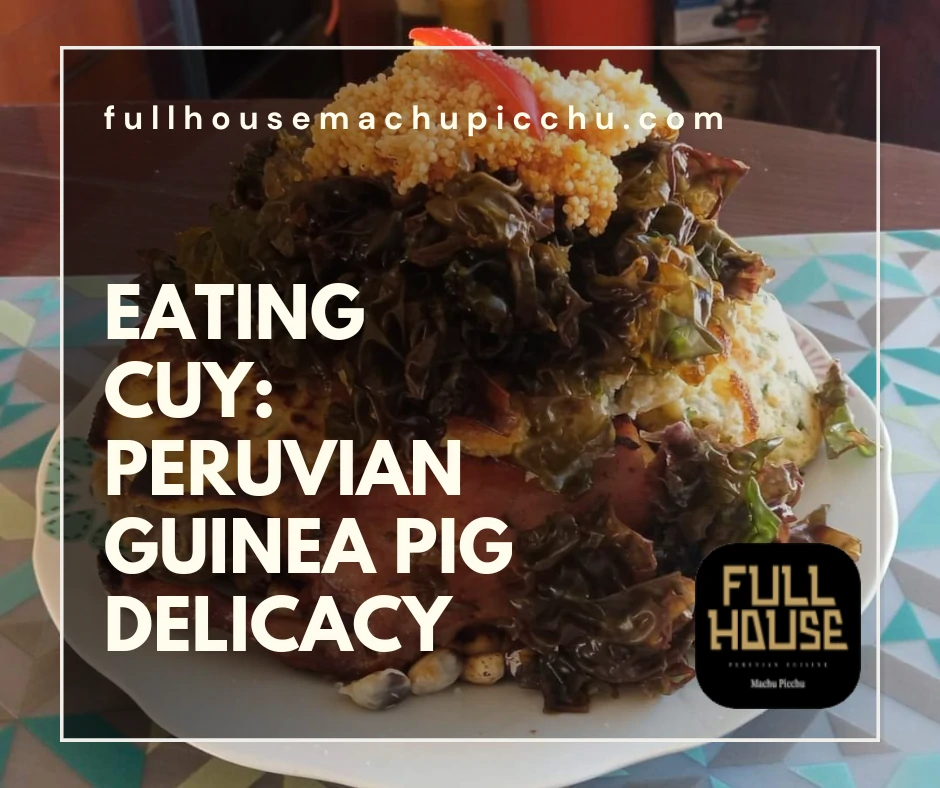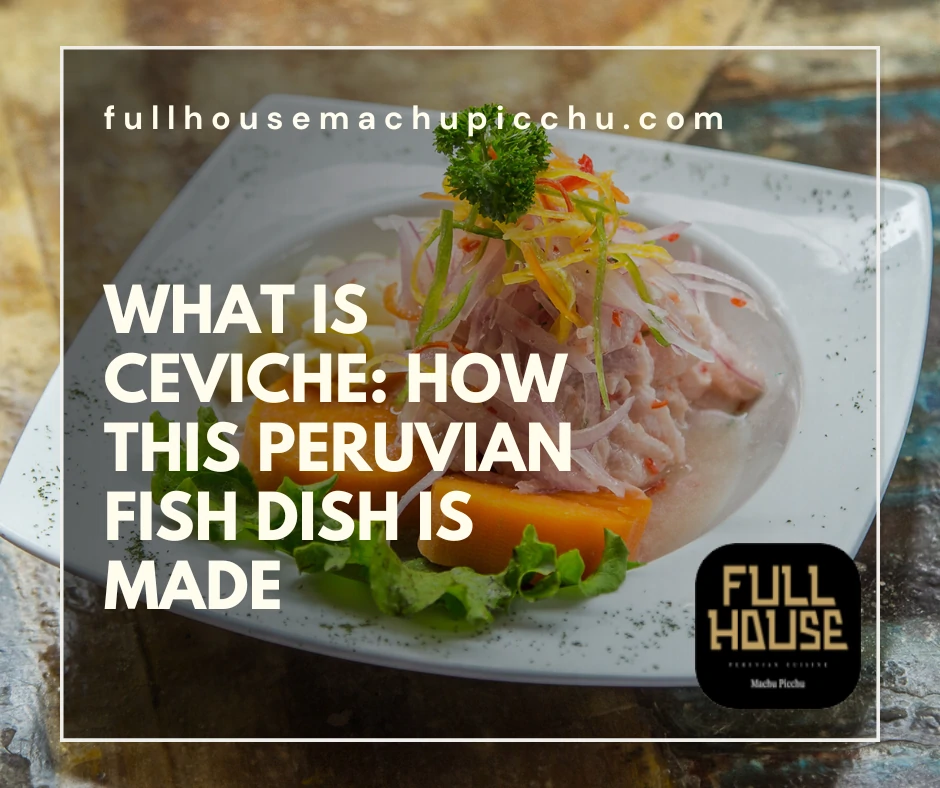Peru’s bread heritage is as rich and diverse as its landscapes. From small local bakeries to big bread traditions, it is part of Peruvian culinary history. It’s a tale woven with ancient grains and traditional techniques.
In every corner of Peru, bread varieties reflect the local culture and ingredients. Cities like Arequipa boast their unique pan de tres puntas. Cusco takes pride in its chuta, a sweet, airy delight.
Bread in Peru is more than just a staple; it’s everyday sustenance. The country’s array of cultures is reflected in the bread they eat. Artisans maintain centuries-old recipes, passing them down through generations.
Join us on a journey to explore Peru’s bread heritage. We’ll taste the tradition in every bite. Discover the flavors that define a nation. And for flavors other than bread, if you visit, maybe try sampling our menu.
Unearthing the Roots: A Deep Dive into Peru’s Ancient Bread Traditions
Peru’s bread traditions go back centuries. But the Incas did not have a bread making tradition. They cultivated corn and quinoa, and other andean grain that became important food sources for the empire. But they ate them in other kinds of preparations.
One of the closest things to bread was a form of flatbread. This dish made from maize or quinoa flour, cooked on hot stones or earthenware griddles. These preparations were more close to a tortilla (not the Mexican one) than to bread as we know it.
It was a dense and humid dough with no leavening agents. Despite using the flatbread image to illustrate it, they were not that flat. Like the current tortilla de Chiriuchu, possibly it was one inch thick.
Wheat was introduced in Peruvian territory until much later. Wheat and the concept of yeast was unknown for the empire. But when it arrived it took a distinct andean flavor.
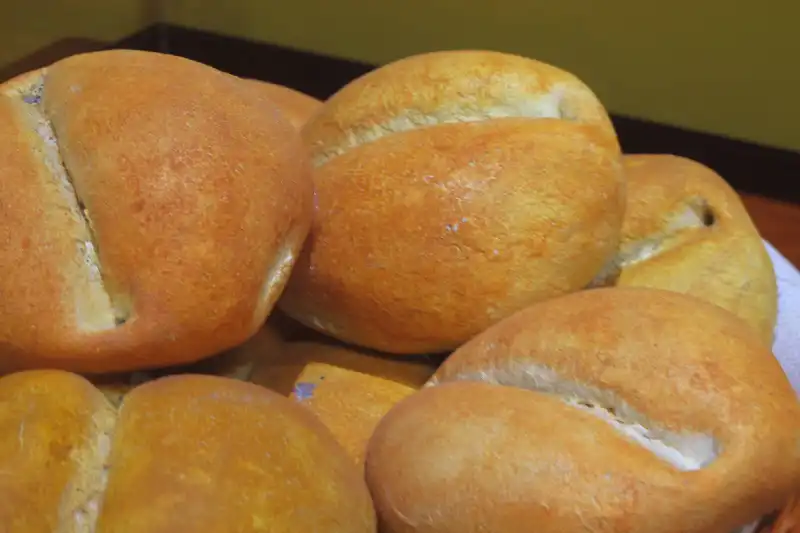
Ancient Grains, Timeless Traditions
The Spanish arrival in the 16th century introduced wheat to Peru. This started the tradition of bread making in Peru. Yet, indigenous way of adapting the Spanish formulas, created a more unique flavor.
Wheat and maize bread became staples in the Peruvian diet. Rural areas often favored maize, given its deep historical roots. Urban centers adopted wheat bread more quickly.
The introduction of baking altered Peruvian gastronomy significantly adding to the repertory of techniques available. Also the new products affected how people ate.
Sweet Bread and Peruvian Celebrations
Peru’s festivals and holidays often feature sweet bread. During All Saints’ Day, families bake Tanta Wawa, a traditional sweet bread. People traditionally bake this into the shape of a baby doll or a horse.
In Cusco at the beginning of Easter celebration (Semana Santa). A variety of traditional pastries are available. One of these is the Bischuelo, a sweet fluffy cake like bread in small paper boxes. The Maicillo, a cookie-like bread made with corn flour, etc.
Christmas in Peru wouldn’t be the same without Paneton, a sweet bread. Italian immigrants introduced Paneton. It quickly became a Peruvian holiday staple.
The impact of Paneton in Peru is actually shocking. The second holiday where most Paneton is eaten, is the Peruvian day of independence.
Sweet breads like these connect Peruvians to their past. They blend ancient traditions with newer influences. This mix creates Peru’s unique bread culture.
Peruvian Bread Today: A Blend of Old and New
Modern bakers in Peru still honor ancient recipes. But they also experiment with new flavors and techniques. This innovation keeps Peru’s bread traditions alive and exciting.
Tourists in Peru often seek out local bakeries. They want to taste traditional Peruvian bread. Many leave with a deep appreciation for Peru’s rich bread culture.
Peru’s bread is more than just food. It tells the story of a nation’s history, people, and land. Each loaf is a testament to centuries of tradition.
Sustaining Tradition: The Future of Peru’s Bread
Peru’s bread makers face modern challenges. Globalization and fast food pose threats to traditional bread-making. Yet, many remain optimistic about the future.
Peruvians take great pride in their bread heritage. They support local bakeries and artisanal bakers. This support helps keep ancient traditions alive.
Peru’s government and culinary schools also play a role. They promote traditional bread-making techniques. This ensures that Peru’s bread heritage will endure.
From Andes to Coast: Sampling Peru’s Diverse Bread Landscape
Peru, a country of vast landscapes, offers unique culinary delights. Among these, Peru’s bread stands out for its diversity. Each region tells a different story through its bread.
In the Andean highlands, bread reflects the people’s resilience. Here, the most iconic is the hearty “pan chuta”. This round, sweet bread originates from Oropesa, a town known as the “Capital of Peruvian Bread.”
The secret to pan chuta’s unique flavor? A traditional wood-fired oven. This method imparts a distinct smokiness. Also the use of anis and curcuma in the dough.
Coastal Delicacies: A Taste of the Sea
Moving to the coast, bread takes on a lighter form. In Lima, the capital, “pan frances” rule. Despite its name, this bread is uniquely Peruvian.
Pan frances, despite being from the capital, It is available in the whole country. It’s a great bread for sandwiches. Its crust is crispy, while the inside remains soft and airy. Lima’s bakeries produce it fresh throughout the day.
Each coastal city adds its twist to this bread. Some include local ingredients, enhancing the flavor. This makes exploring Peru’s bread an exciting culinary adventure.
The Amazon’s Unique Contributions
The Amazon region introduces tropical flavors to Peru’s bread. Here, “pan de yuca,” a cassava bread, is a favorite. It’s chewy, gluten-free.
Pan de yuca showcases the Amazon’s bounty. Cassava flour and cheese blend into a unique taste experience. This bread is a testament to the region’s creativity.
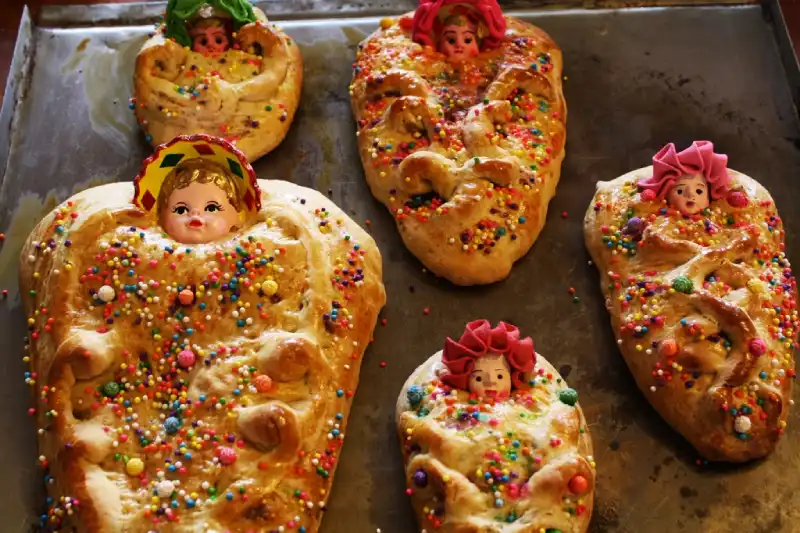
The Everyday Bread: A Must-Try Everywhere
No matter where you travel in Peru, trying the traditional everyday bread is a must. It’s different and unique in each place. This bread offers a taste of local life.
In small villages, families still bake in communal ovens. This practice fosters a sense of community. It also ensures that the bread you eat is deeply rooted in tradition.
In cities, bakeries churn out fresh loaves daily. Each bakery has its recipe, making each visit a new discovery. Peru’s bread landscape is as varied as its geography.
Artisans of the Oven: Meeting the Master Bakers of Peru
Peru boasts a rich tapestry of culinary traditions, where bread plays a starring role. Across its varied landscape, master bakers keep age-old traditions alive. The blending of innovation in modern techniques to create Peru’s bread, pays rest to the past.
In Oropesa, a small town renowned for its bread, artisans craft the famous “pan chuta.” This sweet bread has a unique flavor, thanks to a traditional baking method passed down through generations. The bakers here are true artisans, maintaining a culinary heritage that defines the region.
Not far, in Huaro, bakers take pride in their ancestral techniques. They use wood-fired ovens, giving their breads a distinctive taste and texture. These ovens are more than cooking appliances; they’re a link to the past.
Valle de Majes: A Culinary Treasure Trove
In the Valle de Majes, bakers are known for their rustic breads. They utilize locally sourced ingredients, infusing each loaf with the essence of the valley. The bread here carries the flavors of the land.
These traditional bakers are custodians of Peru’s bread heritage. They embody the spirit of Peruvian cuisine. Their work supports not just their families, but also the cultural identity of their communities.
The traditional bolillo and boyo from these bakeries is famous all over the coast of the country.
Before continuing, if you are interested in Mexican cuisine, some of the names ring familiar. Despite having the same names, they are completely different breads. This phenomenon of similar names across Latin America is common.
Innovation Meets Tradition
Amidst this tradition, innovation thrives. Some bakers are experimenting with sourdough bread using Andean grains. Quinoa, amaranth, and kiwicha are finding their way into these new creations.
This innovative approach to Peru’s bread is gaining popularity. It offers a healthier alternative while honoring traditional practices. These bakers are redefining what Peruvian bread can be.
Modern Peruvian bakeries also incorporate Andean products. Ingredients like purple corn and lucuma enrich the bread’s flavor and nutritional value. This blend of old and new elevates Peru’s bread to new culinary heights.
A Legacy of Excellence
Peru’s bread is more than just food; it’s a cultural emblem. Behind every loaf is a story of tradition, community, and innovation. The master bakers of Peru are the guardians of this legacy.
Their commitment ensures that Peru’s bread traditions will endure. They inspire a new generation of bakers to explore and innovate. This dynamic blend of the old and the new secures the future of Peru’s bread.


